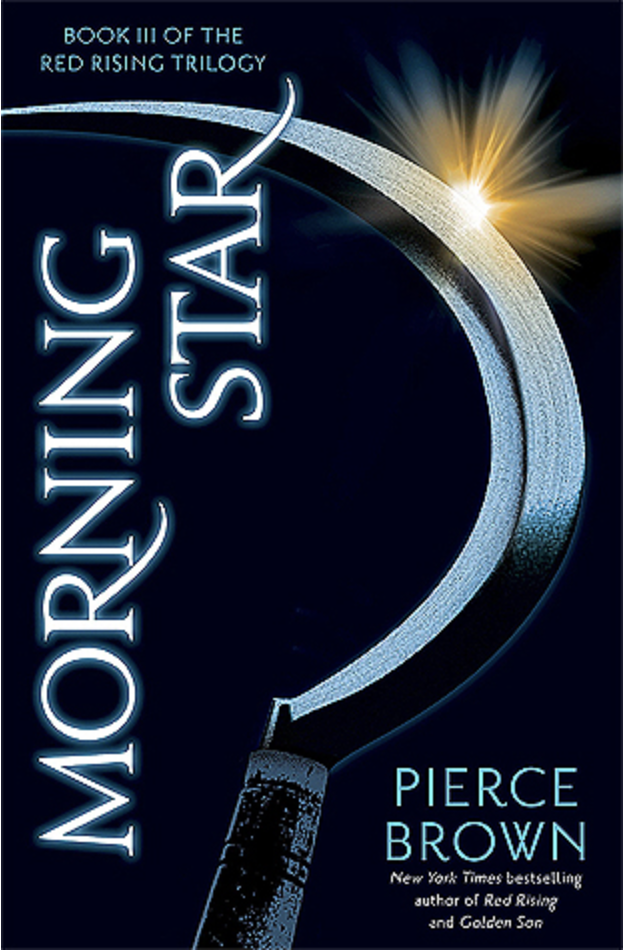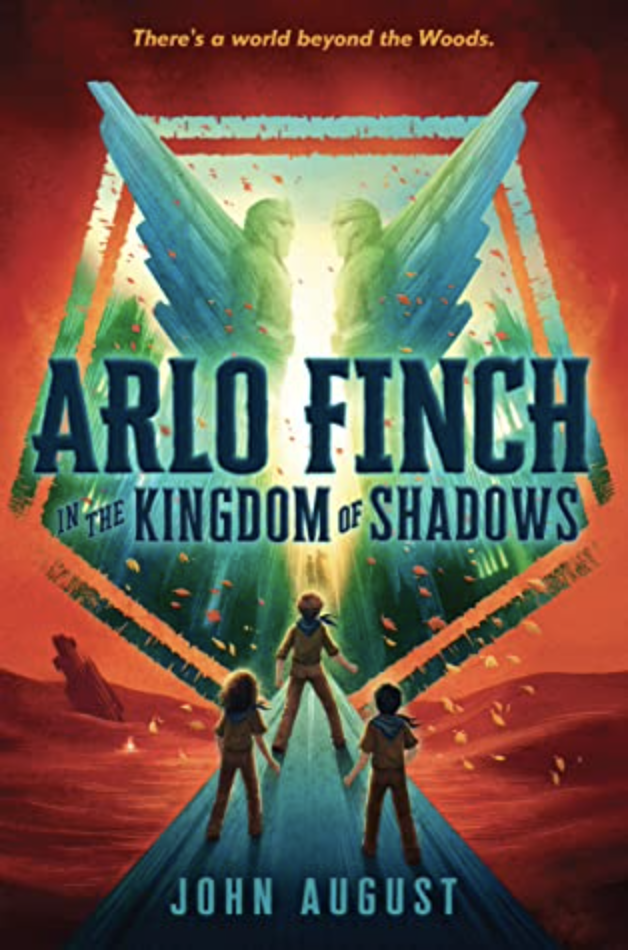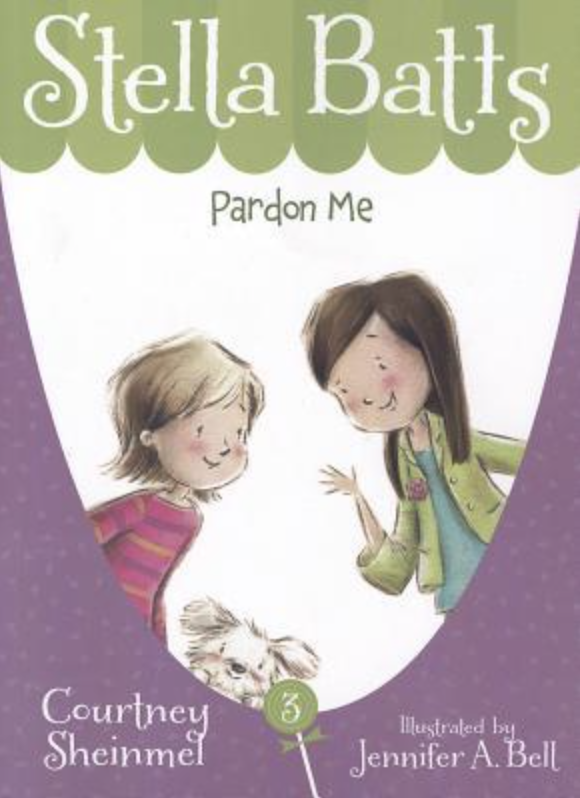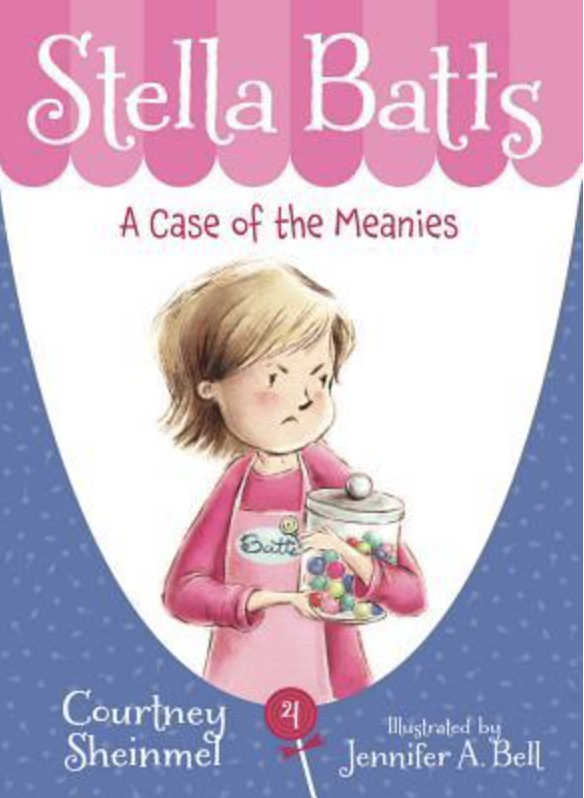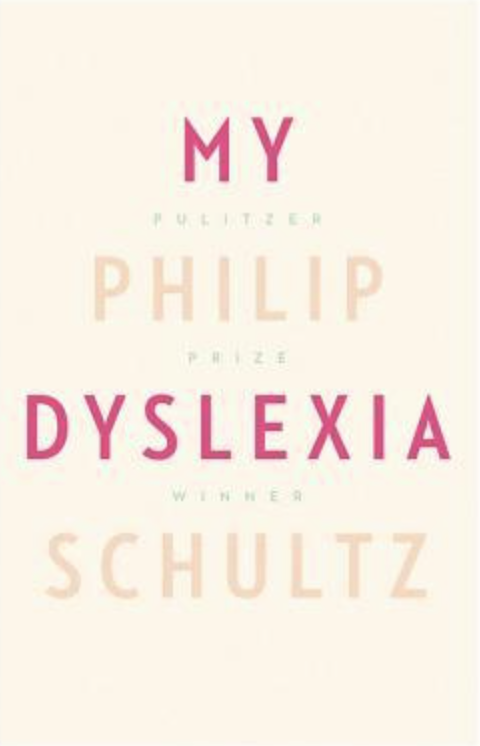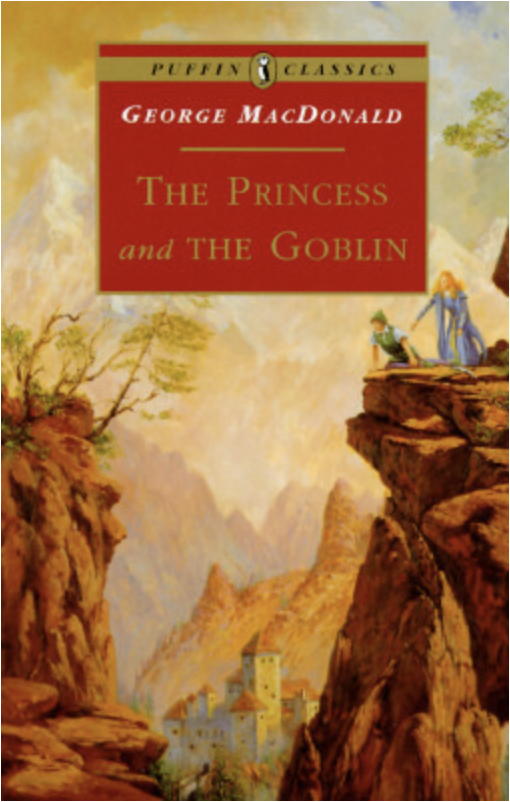Stella Batts: None of Your Beeswax
By: Courtney Sheinmel
These are honestly great kids books. This particular installment doesn’t break from the mold. The main character, Stella is spunky and fun without feeling annoying for an adult to follow. Book 7 deals with themes of keeping secrets, group projects and friend dynamics. Worthwhile.
The Rise of Endymion
By: Dan Simmons
This is a beautiful book. There is some really powerful discourse about the nature of the universe and love that rivals my favorite passages from God Emperor of Dune. I was very impressed with this series and put it up there in my top 5 Sci-Fi of all time. Dan Simmons’ world-building is damn near unparalleled. The sheer imagination required to contrive of both creatures and “land”scapes of the magnitude covered in this book is staggering. If you love Dune you will definitely enjoy this series. But to all who venture forth into this territory; do not judge this series by the first book. I greatly enjoyed Hyperion but this is a quad of books that most certainly should be taken as a whole.
Direct Descent
By: Frank Herbert
Well this was interesting. I didn’t enjoy this book very much. I will use this as an opportunity to share with you some encouraging thoughts. I have now read extensively in Frank Herbert’s non-Dune work. I have found it absolutely shocking that he is the author of Dune and the other stuff. Works like Direct Descent feel adolescent. They feel unrealized. Dune, is of course, a magnum opus.
Foreshadowing of Dune is present in many of the books Herbert wrote before Dune. Direct Descent is no exception. The reason I want to share is because I write. If you’re on my blog maybe you do, too. I think its important to know that your first book, your first short story, maybe even your 50th maybe won’t be that great. But that doesn't mean you don’t have a masterpiece inside of your mind. That goes for any artistic endeavor. Keep putting in the work.
I didn’t love this book as far as the story or the writing go. But I’m grateful it exists. Its an inspiration in a completely different way than the most beloved of Herbert’s books and it serves a purpose in the grand scheme of things. Thematically, that sentiment ties perfectly into the story so I’ll leave you right there.
Stella Batts: Superstar
By: Courtney Sheinmel
Ok, as an older sister. I felt this. I think that’s the genius of Courtney Sheinmel - she really nails the experience of being a kid. Themes in this book are not getting what you think you want, being envious of someone else’s experience and a little insight into acting. This was fun for me to read with Vor because it talks about the BTS aspect of film-making and I felt cool because I could verify first-hand what Sheinmel was writing about.
This is the last of Stella on Audible so I won’t be writing any more Stella reviews for the foreseeable future. I’m ok with that but want to underscore that this is a great children’s book series and I think your younger kids will more than likely enjoy it. Happily recommended for younger readers.
Geekeralla
By: Ashley Poston
I honestly don’t know wtf I was thinking picking up this book. I think I was like - Sci-Fi theme! But I didn’t pay any attention to the fact that everything is couched in the archetype of Cinderella.
Its a romance novel. Its cute. Its totally palatable. Its nerdy af. I didn’t hate it. I just kinda low-key hated myself for picking a romance novel. BUT! I enjoyed it. And it was honestly great timing for me.
I was re-reading Red Rising at the same time as this book and that series is not good to listen to before bed oftentimes. So this was my pre-bed wind-down novel for a couple weeks. For that, it was good.
Definitely a bit of young adult fiction. It was a fun take on Cinderella. I didn’t love the heroine because she was annoyingly in damsel-in-distress mode for most of the book but that IS Cinderella so there’s only so much I can say to complain. I did, however, like the Prince Charming and The Fairy Godmother and even one of the Evil Step-Sisters.
It didn’t suck. Its LGBTQ-friendly despite the main story being cis-het. There are plenty of nice things to be said about it. Not my typical fare but doesn’t mean you won’t like it.
Morning Star
By: Pierce Brown
I’m going to quickly give you my take on this, solo, and then as promised in last month’s installment, I will circle back and deal with the first three books as a trilogy.
I read this 2x in quick succession along with the first two books of this series. Why? They are that good. As a third book goes, this was a satisfying ending to the first trilogy in this series.
The first time through, I stopped. I actually had no intention of reading any more of the series for a while but Matt is reading it with me so I have the courage to continue because I can vent to someone when needed.
I’ll get into that more just below. But yeah. This book was great just like the first two.
Red Rising Books 1-3
By: Pierce Brown
Conversion experience. Love. Best Friends. My judgement is clouded y’all. I can’t help but write this like a true Stan. But you probably knew that already from the fact that I read these and then immediately read them again.
But if you will, let me please go into some more detail about why I love these so much. Let’s go into list mode:
1. The characters. I know my Aquarius is showing when I say this but…sorry real-life humans, these are my best friends. :-/ I love Darrow and Sevro and Victra and Ragnar etc as if they were flesh and blood humans. Thinking of them gives me comfort and makes me feel less alone in this fucked up pandemic world of 2021. They are right up there with the crew of The Rocinante from The Expanse. They are flawed but their strengths are shining. They are serious and brooding but funny. They are strong but vulnerable. I love them. Sorry not sorry.
2. Balance. There are male and female badasses. There is hetero and homo love. There is action and philosophy. There is humor and tension. There is local scale and solar-system scale. All of the above and more leaves me really satisfied as a discerning reader.
3. Kick-Assness. Goddamn if Darrow isn’t the come -from-nothing badass to end all badasses. His character literally inspired me to pick up and start writing my own characters. Sometimes people call me a badass. I think that’s a very kind sentiment to bestow upon a person but to me, how could I ever be called that when someone like Darrow exists. Ok, yes. Darrow is a fictional character. I don’t care. He’s real to me and he is amazing…see above where I either want to be him, fuck him or be his best friend.
4. Interesting Premise. Yes, book one is not dissimilar to The Hunger Games but the scope expands and the comparisons fall away after Red Rising. What is left is the idea of superior humans, a conquering of regular humans and a caste society. Why is this interesting to me? Because its set in space and if you don’t think Bezos and Musk et. al. are cruising right toward establishing this sort of “society” you are not paying attention. There are some fanciful leaps of sci-fi in the series but they check out well enough for those who like a grounding in “reality.” But its the cultural context of this novel that really catches my attention as a real possibility of a dystopian future.
5. Beautiful writing. Brown is a fucking great writer. Someone compared his prose to Shakespeare. They aren’t wrong to do so. The philosophy in these books is presented as the musings of the narrator both aloud and as internal monologue. Brown covers a surprise amount of ground that way. Furthermore, the way he is able to overlay the philosophy onto the actions of the characters in a way that only serves to underscore their humanity is masterful. These are best-sellers for a reason. Pierce Brown bodied the fuck out of these. I’m as much a fan of the man as a writer as I am of his characters. If you ever read this my Goodman, thank you.
6. Fandom. The Fandom for this series only makes reading the books that much more enjoyable. Its a bloodydamn culture. The initiated know, you can steep yourself as fully into the culture of a Gold, a Howler, an Obsidian as you can with any of the cultures of being a real life human. The genius is of course there is enough borrowed from real-life human culture to take what is given to you in the books and expand upon it as much as you want. Its fun. Its the reason I had to press-gang Matt into reading these books, too. They are even better when you can share them with others.
Ok \list.
Why did I stop at Book 3? Darrow is a hero, a god of war, a very interesting human, not without flaw. His flaws deepen as his decisions get ethically murky. No blame from me, here. I am, however, apprehensive to see him fall from glory. Not saying that is what will happen but the next trilogy in the series is ten years hence from when these books ended. Virginia, Darrow and retinue have built up a Republic in place of The Society and shit is not going smoothly. That seems rife with the potential of Darrow being sullied as one of my all time favorites. Second and no less importantly, this is were Brown undertakes to solve the political issues that have plagued humanity since we first got our silly little consciousnesses bent on the idea of organizing and governing one another. At this point in the series (and irl) autocracy, fascism, socialism, democracy etc have all been given a go and not quite panned out. I just have a feeling that much of the tension and turmoil as yet to come in the series is going to be a mirror of humanity in its current state and I needed a break before tackling that in there literally realm since its ubiquitous on social and in face-to-face convos.
Y’all. I wasn’t expecting this level of falling in love when I picked these books up. It was a whim. It was me being anal retentive about telling someone 5 years ago that I would read them and finally following through. I take my promises to read things very seriously. I’ve been rewarded time and again but never before like this. Shannon, thanks a million for the recommendation. Allow me to pass the rec onward a million times into the future.







